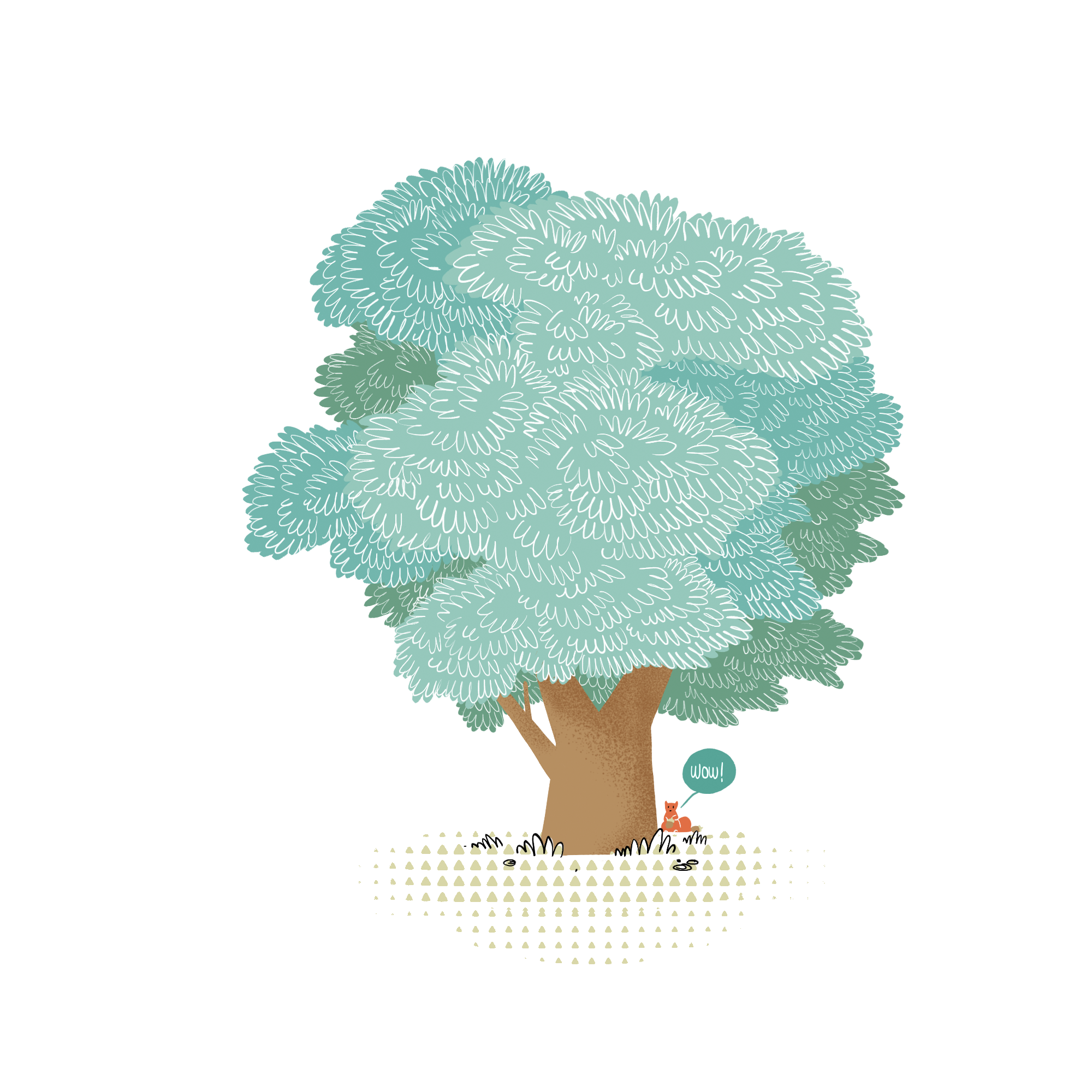
Oak
Determined people
Who is always there
Wisest people
Secular tree by definition, symbol of strength for Indo-Europeans, and sacred tree for Romans and Celts. The oak is one of the most beloved species in the common imagination. Long-lived and hardy, this powerful-looking tree also has anti-inflammatory and analgesic properties. Recommended for the most forward-looking.
Scientific name: Quercus robur Common name: Oak Soaring and majestic, the oak is a deciduous, evergreen and notoriously long-lived tree belonging to the Fagaceae. Some specimens live up to 500 years! The rounded or oval crown stands on a trunk with gray-brown, initially smooth bark that tends to fill longitudinal fissures over the years. Oak leaves are lobed, differing in shape, size and color, but all have a leathery texture. In autumn they give a spectacle of color, touching shades between red and orangey yellow. What we call acorns are achenes, dried fruits with a more or less hardened pericarp containing a single seed, distinct from the pericarp itself. They are oval-elongated in shape, with a rough, woody dome covered with rhomboidal scales. Oak fruits are a food source for small rodents such as squirrels, wild boars and even pigs.
In many cultures the oak tree symbolizes growth, power and peace. Popular since antiquity, it has been consecrated to Zeus, Jupiter and Thor. In Greek culture it was associated with phrophetic faculties. In the Odyssey, Ulysses traveled to Dodona in Epirus "to hear the will of Zeus from the divine oak of lofty foliage". The association of the oak with Zeus spread throughout the Mediterranean thanks to the Indo-European peoples, becoming "the tree of trees", with roots deep to the underworld and branches long to the heavens.
Oak trees are grown for ornamental purposes to create shade in parks and to make urban boulevards in cities. Its wood is often used in carpentry. The Romans used it to build ships because of its hardness. In fact, they called it robur, a term used for both the tree and the concept of strength. It is now used as firewood in the fireplace given its high heating power. In herbalism, thanks to the tannins in the bark, it has multiple benefits: astringent, anti-inflammatory, antiviral and disinfectant.
What makes it unique
of CO2 captured over a year
reachable height
maximum life expectancy
fruit produced per year
Forests where you can grow your own Oak, adopting or giving it away.
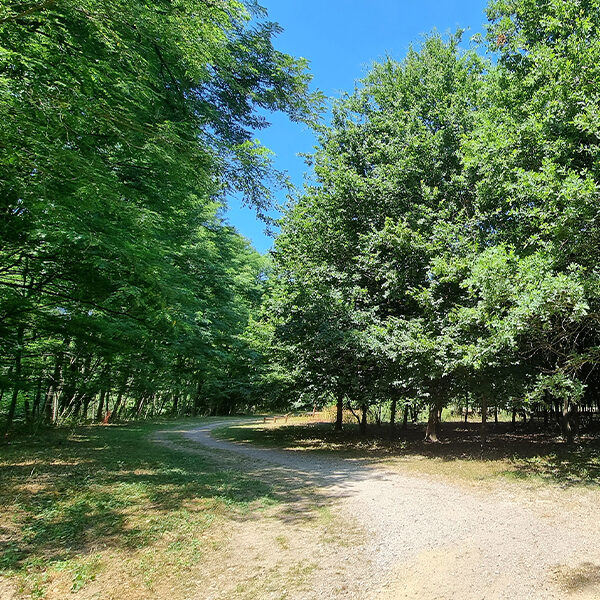
Bosco del Lusignolo
 Italia
Italia
Bosco di Villa Roberti
 Italia
Italia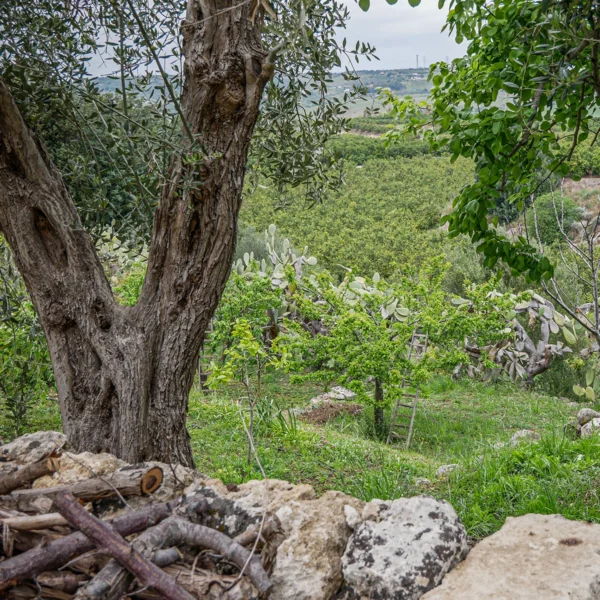
Bosco San Lio
 Italia
Italia
Parco Campo dei Fiori
 Italia
Italia
Parco Lombardo della Valle del Ticino
 Italia
Italia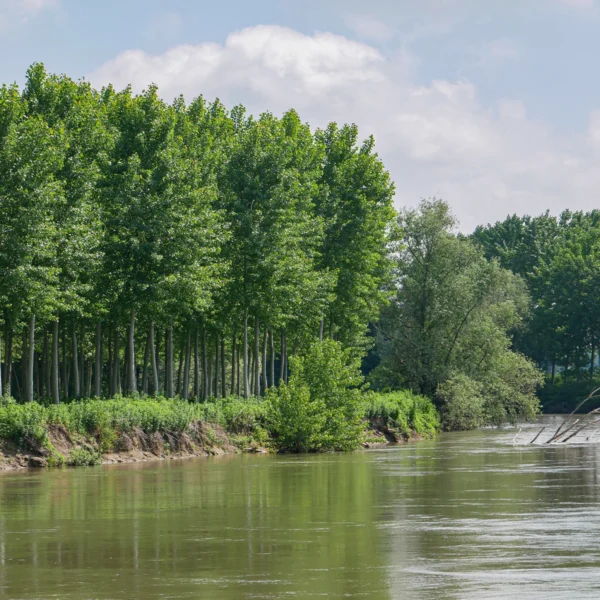
Parco Oglio Sud
 Italia
Italia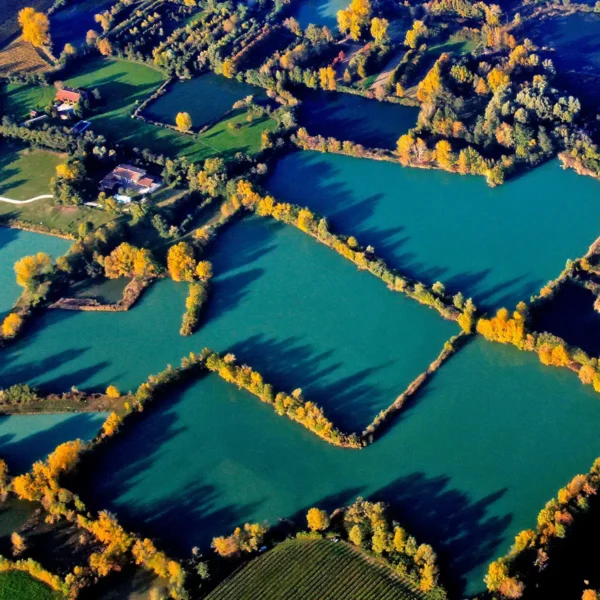
Riserva Naturale Torbiere del Sebino
 Italia
Italia
Val di Mello
 Italia
Italia

